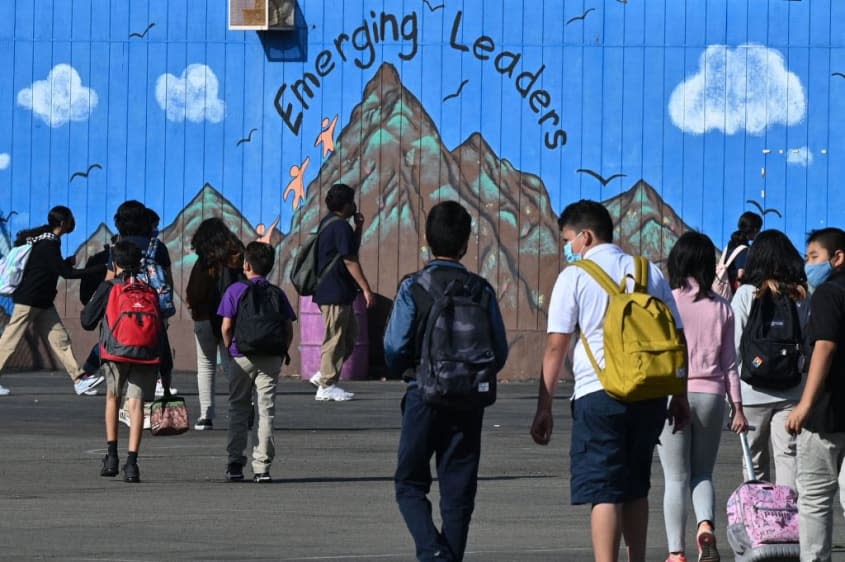How Biden's vaccination plan for young kids differs from the plan for adults

The White House on Wednesday unveiled its plan to distribute the Pfizer and BioNTech COVID-19 vaccine to children ages 5 to 11 pending the shot's authorization by U.S. drug regulators, reports CNBC. But don't expect the campaign to look and feel exactly the same as it did for adults, or even teenagers ages 12 to 15.
For one thing, the "5-to-11 age group, with 28 million children, is far larger than the 12-to-15 group, with 17 million," who are already eligible for the vaccine, writes The New York Times. And unlike that for U.S. adults, the plan for the younger group also features fewer mass vaccination sites, considering children often cry and tend to be "more sensitive patients."
"We don't want lines of kids," said Sonya Bernstein, a senior policy adviser for the White House COVID-19 response team. Instead, "pediatrician's offices, children's hospitals and pharmacies with in-store clinics will be the preferred options," explains the Times. The administration is aiming for a "kid-friendly experience that makes sure that we're getting shots in arms with trusted providers in ways that makes parents feel comfortable," per Bernstein.
The shots themselves will also look different. Needles and the vials that hold the vaccine will be child-sized, smaller and more easily stored. Dosage is also expected to shrink to 10 micrograms from the 30-microgram dose used for ages 12 and up, per the Times.
Finally, officials plan to lean "heavily on local health experts, who they believe are more trusted in their communities and can help reach high-risk children," writes the Times. "Children's hospitals and health systems will be a critical part of our efforts," the administration wrote in its memo.
Said COVID-19 Response Coordinator Jeff Zients: "Should the FDA and CDC authorize the vaccine, we will be ready to get shots in arms."
You may also like
The American 'Great Resignation' by the numbers
NYC to impose vaccine mandate for all city workers, including police
How one group's plan to out GOP lawmakers who attended Jan. 6 proved futile

 Yahoo Finance
Yahoo Finance 